With nearly a billion users worldwide, LinkedIn can be an invaluable marketing tool if you know how to take advantage of its potential.
According to the most recent research, in 2023:
- LinkedIn is the world’s largest professional network.
- LinkedIn has nearly 200 million users in the U.S.
- The age group 25-34 has the highest number of users: 59 percent.
- Twenty-one percent of all social media users in the U.S. use LinkedIn.
- LinkedIn generates visitor-to-lead conversions 277 percent better than Twitter or Facebook.
But too many small businesses don’t know how to capitalize on this platform.
One way to do so is to create an effective content strategy. Here are a few ideas on how to go about it.
Set Goals
As with any strategy, you need to know what you hope to achieve. So start with your goals:
- Do you want to achieve brand awareness?
- Drive traffic to your website?
- Humanize your business?
- Generate leads?
- Foster business relationships?
As you develop your strategy, keep in mind that one way LinkedIn differs from other social media sites is in the algorithm. The platform favors relevancy over recency, so you need to target your content to your audience.
To do that, you’ll need to know who your audience is.
Who is Your Audience?
One thing many people don’t realize about LinkedIn is that it’s not just another social media platform.
This is a professional network, geared toward people interested in connecting with others in the business world. LinkedIn users are looking for career and business advice and industry insights, along with job opportunities.
On the other hand, it has grown beyond its original intent of simply linking job seekers with potential employers.
LinkedIn users want informative, engaging content that is worth their while to read. That means each post should provide more depth than you’d normally find on a typical social media post, and offer them insight and new ideas that pique their interest, as well as the latest in industry news, research, and trends.
These are general categories, however. You also need to know the specific problems, goals, and needs your audience members are dealing with. With this knowledge, you can then create compelling content that boosts engagement.
The LinkedIn Difference
Once you know your goals and your audience, it’s time to start providing content they’ll want to read, keeping in mind the unique requirements of LinkedIn users. Here are a few possible topics.
Share inspiring stories of how you or one of your employees overcame a difficulty. Offer tips on how to deal with customer expectations, or supply chain interruptions.
ChatGPT is exploding right now. Will you be incorporating it into your business? Or, conversely, you might discuss your concerns about how it could adversely impact the way your business operates.
If you’re a subject-matter expert, offer advice about how to change jobs, for example, or how to find the perfect new hire, or how to overcome the fear of public speaking or to give a compelling presentation . . . anything you think your followers might want to know about.
Interactive content such as polls not only increases engagement but also helps you learn more about your audience.
According to LinkedIn, images garner over six times more engagement than text-only content. Therefore, experiment with some of these ideas to see which ones garner the most interest:
- custom image collages (3-4 images in one post)
- documents like PDFs, SlideShare, or PowerPoint, which showcase what makes your brand unique
- personalized shout-outs to your employees and team members
And, as with all other social media, always reply promptly to comments, questions, and messages.
Video Above All
Even though we said LinkedIn isn’t like other social media sites, in at least one way it is: According to LinkedIn, video content is five times more likely than other types of content to start a conversation among members. (Be sure to add subtitles for those watching with the sound off.)
And for the highest level of engagement, consider live video, which sees 24 times more engagement than pre-taped video.
Here, the options are almost unlimited, as long as they’re interesting to your followers:
- a Q&A session with a subject-matter expert
- a webinar
- a tour of your business
- virtual events
One final tip: If you focus heavily on selling your products or services on other social media sites, keep in mind that LinkedIn isn’t the place for the “hard sell.” You can best promote your business on this platform by letting followers see you as authentic, helpful, and professional.
For more ideas on how to create engaging LinkedIn content, contact our social media management experts.
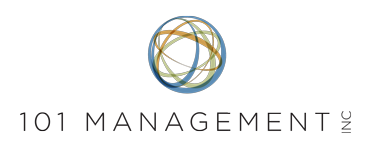
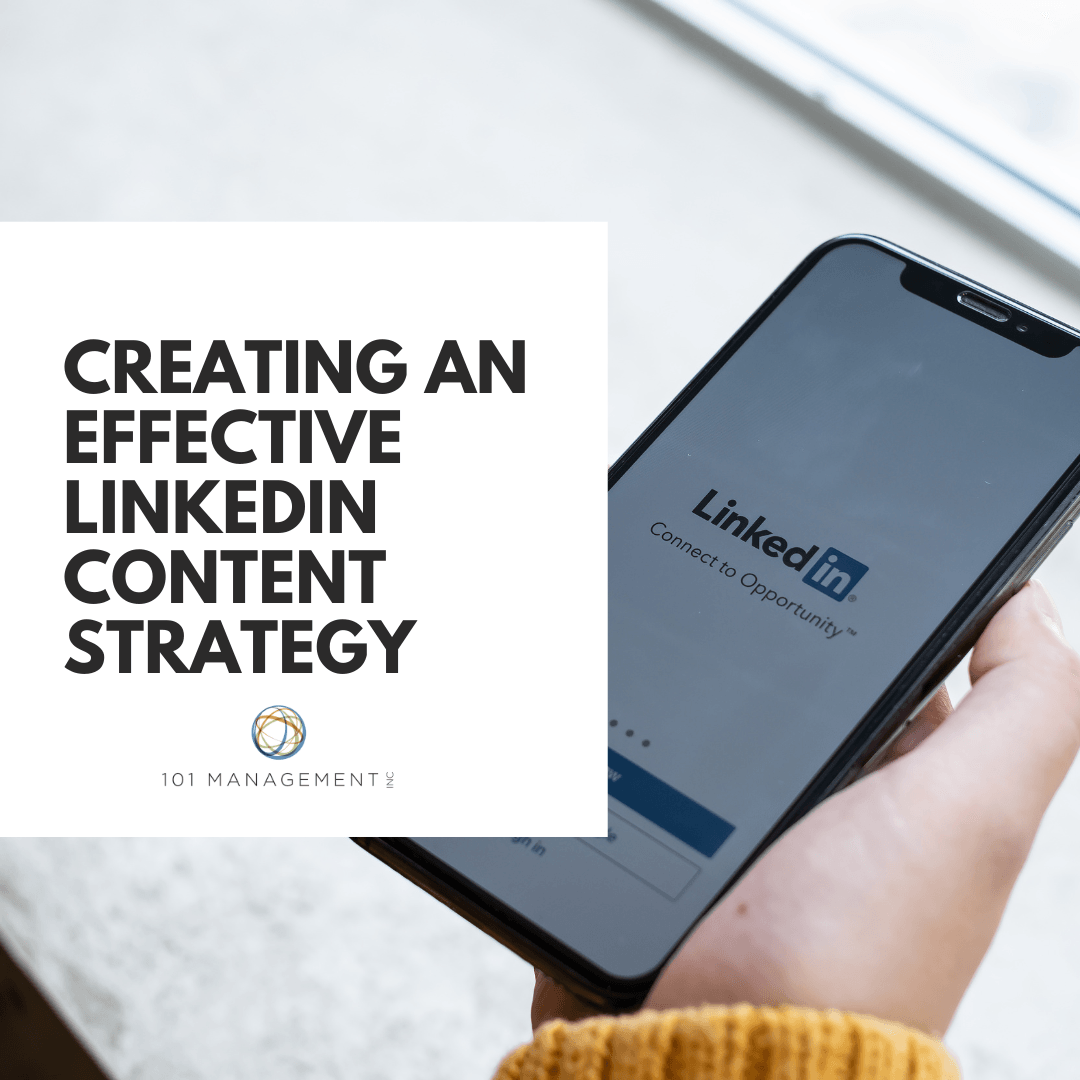
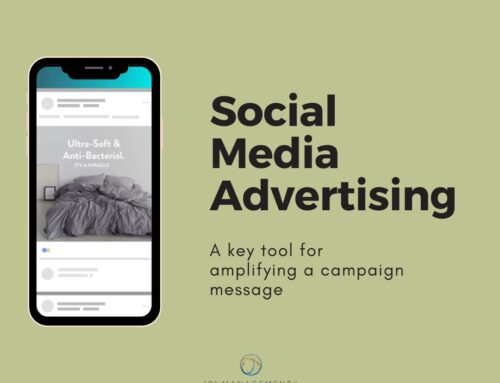


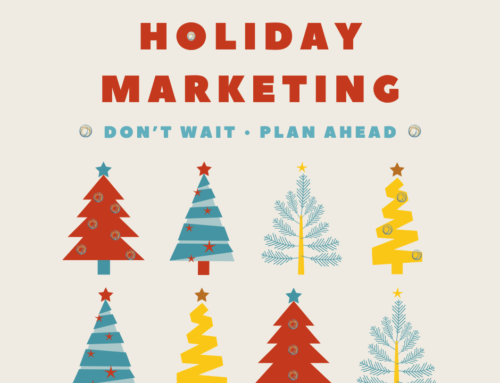

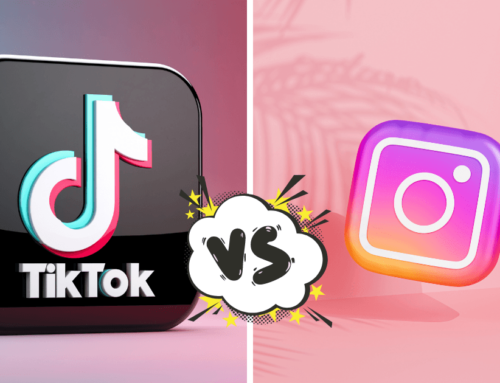


Leave A Comment